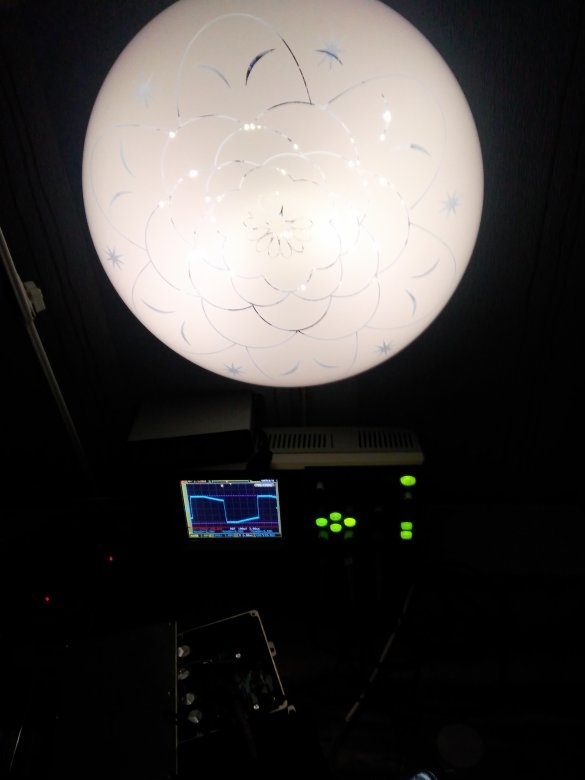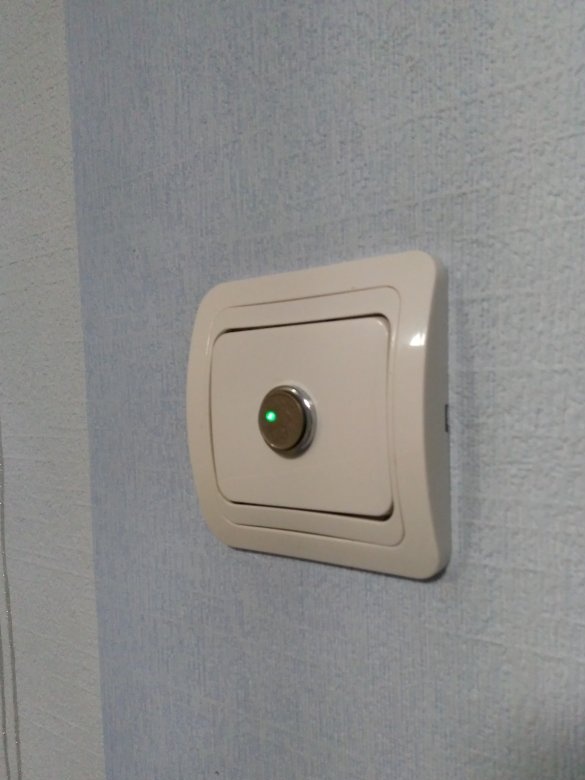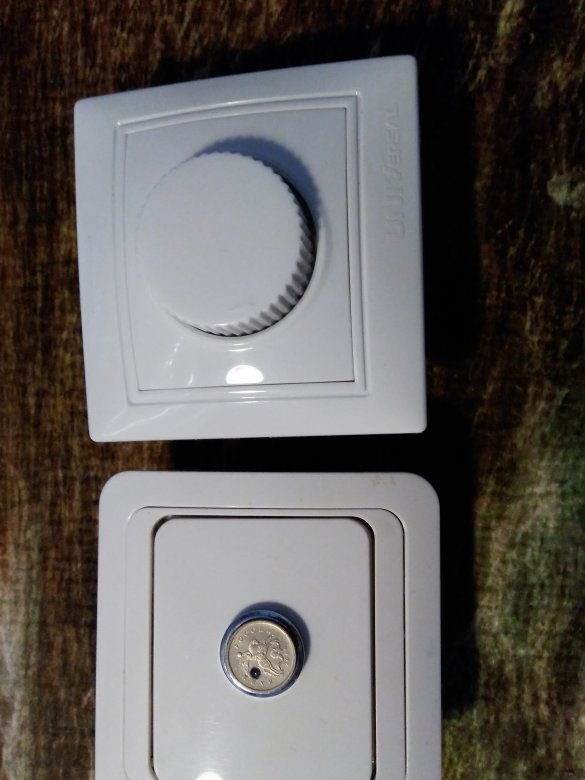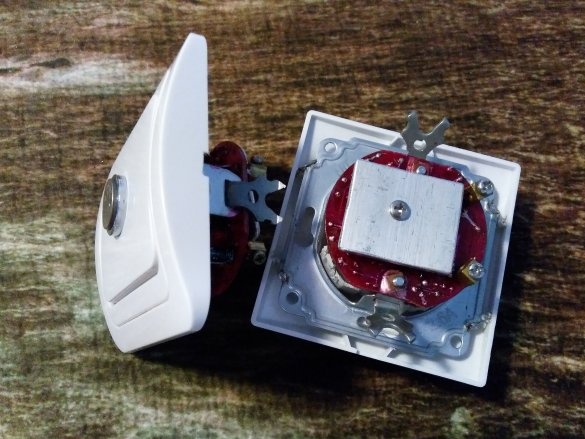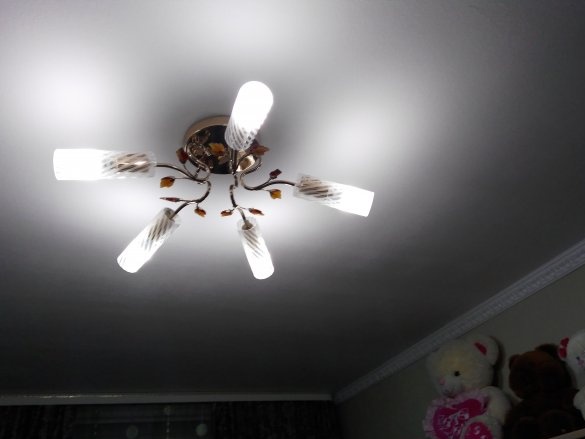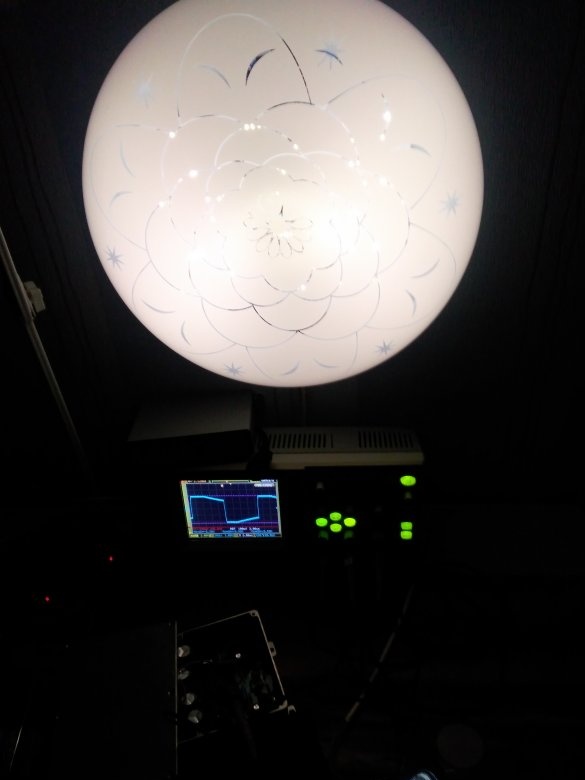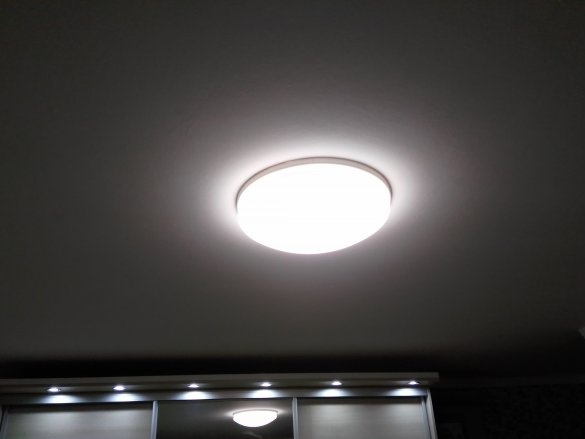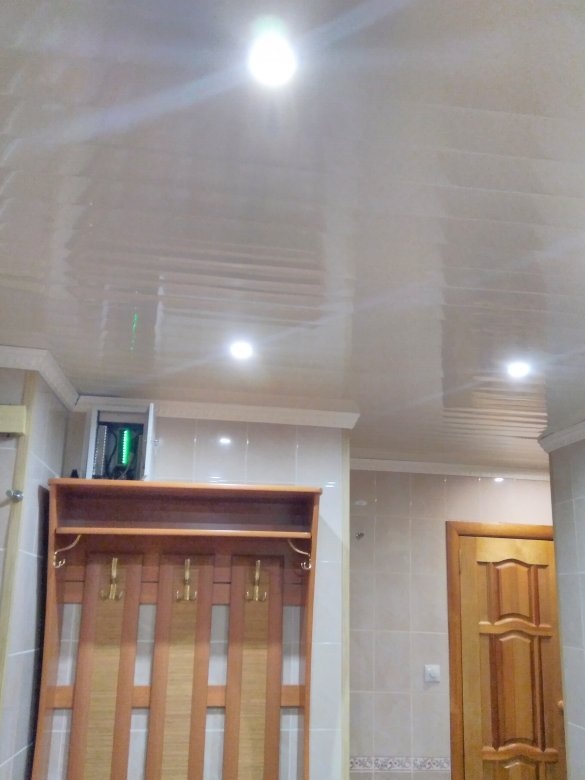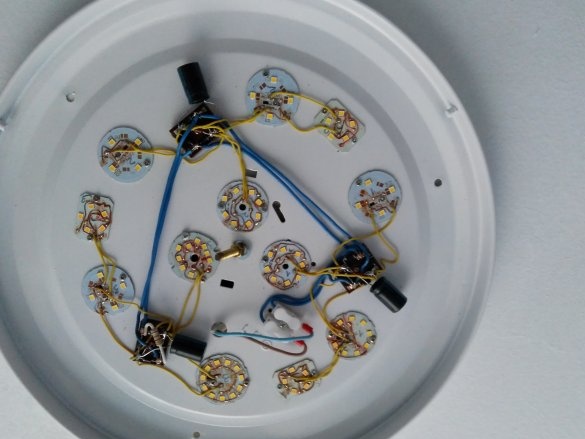To all the guys a good day and good health! I hope that the project participants are already prepared for the next unexpected and a little incomprehensible schematic and practical solutions to the project. So now I will continue to amaze everyone. Adjusting the brightness of LED lamps and lamps in the house will save energy, create comfort in the rooms, forget about the need to purchase LED lamps and lamps and climb with a stepladder to the ceiling .... In the lighting system - TOP, everything is thought out and repeatedly confirmed by practice. And so I urge all the guys to action, not to reasoning, although they are also needed. Believe me - it's worth it! To adjust the brightness of the light, I chose two options. The first is touch. I bring his appearance in the room where I usually work ...
And this is his concept ...
This regulator is very cool to use. Its light control algorithm has long been known. With a short touch of the sensor, the light turns on and off. With a long touch, the change in the brightness of the light and when the required brightness is selected, finger or nose (joke), must be removed from the sensor. Further, when the light is turned on, the circuit will remember the set brightness level i.e. the brightness will be the one set before. Such an algorithm, controlling the touch controller, very annoying grandparents, but very happy and interested in grandchildren. So, for our beloved grandparents and everyone who does not want to learn the algorithm, I developed a scheme for the usual rotary light control. See photo and circuit diagram.
There is no algorithm in a rotary, or so-called potentiometric. You turn it to the right - the light is brighter, to the left - the light is less and removing it all the way to the stop just does not exist. I used regulator cases from the cheapest on sale. For example, the one that I bought in the photo was just 148 rubles. When disassembling, removed two necessary triacs and terminals from it. Made technological boards and mounted see photo.
The radiator to the triac is needed only when the total current in the load exceeds 1A. I warn you that in the schemes you need to use only the specified type of triac, the other simply will not work. The practice of using the SUPER lighting system has shown that the most magnificent and, in my opinion, ideal light in rooms, etc., is obtained with the use of ceiling lights. In my 3-room apartment, the chandelier remained only in my daughter's room.
But soon I will remove it and install an already modernized lamp.
In another room, I also removed the chandelier and installed a lamp. By the way, Chinese lamps are not very expensive. This one costs only 560 rub., I bought it in Leroy Merlin.
And the small lamps used in the corridor, the lighting for the closet, bathroom and toilet.
The luminaires are directed directly into the lighting zone, and the carob chandeliers to the side or ceiling i.e. they mostly get the use of reflected light. In addition, they need to be cleaned, twisted shades ... horror. And the lamp was fixed, connected and that's it. So back to the topic of light control. They are installed in a place intended for circuit breakers and connected in a standard way. But I just want to add that to power the light control circuits, you need to install a 680 ohm 1W resistor. This resistor is connected in parallel with the luminaire. The photo shows how it is soldered to one of the diode bridges. By the way, a good practical example is how to distribute the load with the parallel inclusion of the lamp panels.
I will add one more important information. With this inclusion, it is necessary to increase the capacity of electrolytic capacitors, you can safely solder 10000mkf., And the resistor, in parallel, reduce it to 10kom, otherwise the light will slowly go out (although it will be fun for someone). I tested electrolytic capacitors 10000mkf on 16v., 2200mkf, 4700mkf. to the same voltage. All of them work fine until the 22th century, so I calmly use them in the system, because their dimensions are smaller. Now again, back to the dimmers. In my house they are everywhere (I don’t like listening to the clicks of switches) and I advise everyone. You quickly get used to the good ... That's probably all for now, all the success and joy in this life!

